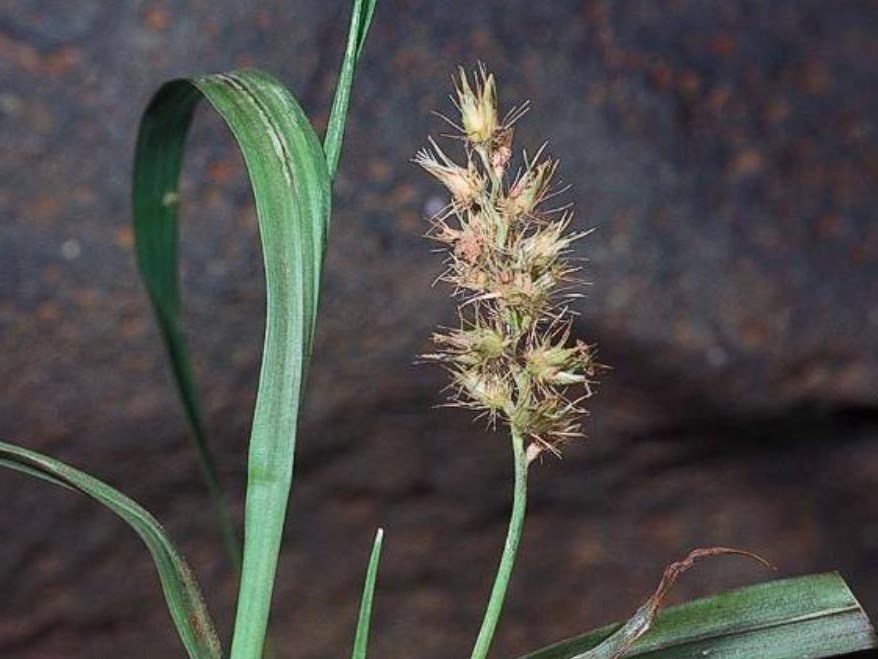Created on: Monday, Apr 11th, 2016
Screen was reviewed by Mona Robison (independent contractor): no issues; nothing changed.
The following sites were consulted for this screen:
Tropicos: http://www.tropicos.org/Name/25513329; GBIF: No record for this plant species; Calflora: http://www.calflora.org/cgi-bin/species_query.cgi?where-calrecnum=1840; Wikipedia: https://en.wikipedia.org/wiki/Cenchrus_echinatus; CABI: http://www.cabi.org/isc/datasheet/14501; USDA-NRCS PLANTS: http://plants.usda.gov/core/profile?symbol=CEEC; IFAS: https://edis.ifas.ufl.edu/ag373; UC IPM (Congeneric weed): http://www.ipm.ucdavis.edu/PMG/WEEDS/longspine_sandbur.html; Beef Producer Magazine: http://magissues.farmprogress.com/BeefProducer/BP03Mar11/bp05.pdf; Weeds Australia: http://www.weeds.org.au/cgi-bin/weedident.cgi?tpl=plant.tpl&state=&s=&ib... Crop Science: http://www.cropscience.bayer.com/Products-and-Innovation/Crop-Compendium... HEAR/PIER WRA: http://www.hear.org/pier/wra/australia/ceech-wra.htm; Landmanager.org: http://www.landmanager.org.au/fire-responses-cenchrus-echinatus; Biosecurity Queensland: https://www.daf.qld.gov.au/__data/assets/pdf_file/0020/66503/IPA-Mossman... Florabase: https://florabase.dpaw.wa.gov.au/browse/profile/259; ARS GRIN: https://npgsweb.ars-grin.gov/gringlobal/taxonomydetail.aspx?id=9795; EOL: http://www.eol.org/pages/1114278/details; Global Invasive Species Database: http://www.issg.org/database/species/ecology.asp?si=1655; http://issg.org/database/species/ecology.asp?si=1655&fr=1&sts=&lang=EN; Invasive Plants and Weeds of the National Forests and Grasslands in the Southwestern Region 2nd edition: http://www.fs.usda.gov/Internet/FSE_DOCUMENTS/stelprd3802006.pdf; Sandbur Control in Bermudagrass Pastures and Hay Fields: http://www.noble.org/global/ag/soils/sandburs/sandburs.pdf
- < 13 : accept (low risk of invasiveness)
- 13 - 15 : evaluate further
- > 15 : reject (high risk of invasiveness)

